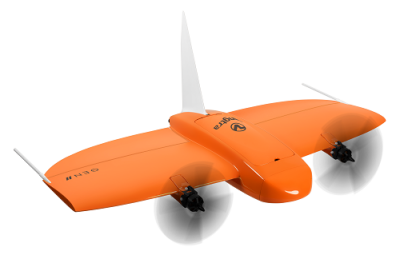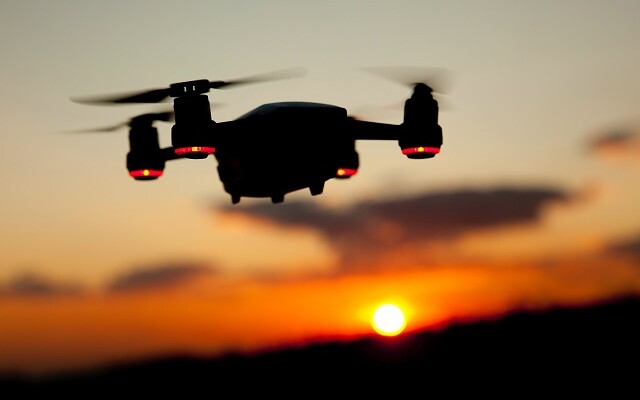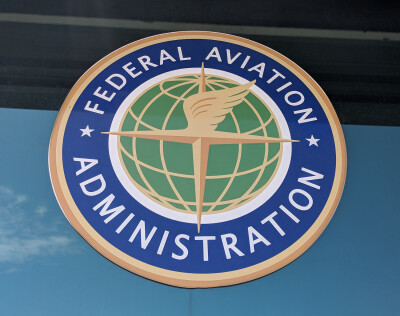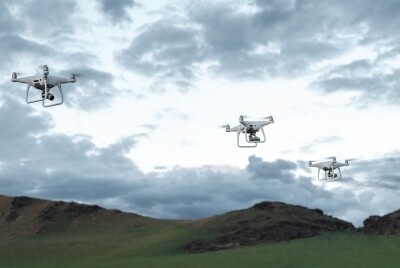The FAA’s Remote ID compliance deadline expired on March 16, 2024, following a six-month extension. Now, the agency can impose fines and suspensions on drone operators who do not comply with the rule. They can even revoke licenses.
The Remote ID rule is part of the FAA’s ongoing effort to ensure safety and security in the sky. Often referred to as a “digital license plate” for drones, Remote ID, the FAA asserts, “helps the FAA, law enforcement, and other federal agencies locate the control station when a drone appears to be flying in an unsafe manner or where it is not allowed to fly.” Under the rule, drones in flight must “provide identification and location information that can be received by other parties through a broadcast signal.”
How to Comply
To achieve compliance, a drone must have either built-in Remote ID broadcast capabilities or an attached Remote ID broadcast module. Drones without Remote ID equipment must restrict their operations to an FAA-Recognized Identification Area or “FIRA,” which is “a defined geographic area where drones can be flown without Remote ID equipment.” These vehicles must “operate within visual line of sight and within the FRIA.”
To comply, drone industry stakeholders can draw on a number of resources. The FAA’s website contains a wealth of information, including guidelines for registering drones with Remote ID, declaring compliance, and finding locations of FIRA’s. In addition, The Commercial Drone Alliance (CDA) and the Association for Uncrewed Vehicle Systems International (AUVSI) released a reference document providing guidance to the commercial drone industry on staying compliant with the rule. The document answers frequently asked questions about the Remote ID requirement and contains helpful information for operators and manufacturers.
Why it Matters
The importance of Remote ID to the commercial drone industry cannot be overstated. Having a clear, reliable way of identifying uncrewed vehicles will help bring order to the airways, enhance safety and security, and lead to greater public awareness and acceptance of commercial drone flights.
As Michael Robbins, Chief Advocacy Officer at AUVSI, said in a recent Commercial UAV News article on the rule, "Remote ID harmonizes the needs of UAS operators and law enforcement stakeholders, and compliance is absolutely necessary for the secure and scalable integration of UAS into the airspace. By providing a resource that addresses our community's questions around the rule, our aim is to support widespread commercial drone operations and the benefits they bring to the communities where they operate."
Despite the importance of Remote ID, many drone companies fell short when the compliance deadline expired. A March 14 Commercial UAV News article cited a report by SkySafe indicating a lack of Remote ID readiness from some of the drone industry’s leading companies. The newness of the law, supply chain issues, and the complexities involved in implementation may have hampered the efforts of some of these companies. Still, many firms were ready on Day One, including Switzerland-based VTOL drone producer Wingtra.
How Wingtra Achieved Compliance on “Day One”
Vaibhav Sawhney, Senior Product Manager for Wingtra, told Commercial UAV News that his company engaged in a comprehensive process to meet the requirements. “The regulatory compliance team at Wingtra has been attentively tracking the development on the regulatory front, so the hardware team could ensure the necessary hardware capabilities already much in advance,” he explained.  “Once the exact requirements became clear, our software team implemented the full feature and together with the regulatory compliance team carried out the compliance testing.”
“Once the exact requirements became clear, our software team implemented the full feature and together with the regulatory compliance team carried out the compliance testing.”
After determining that the company’s WingtraOne Gen II drone was compliant with the Remote ID requirements, Wingtra prepared the necessary paperwork and filed the declaration of conformity with the FAA.
For Wingtra, compliance was important to maintain solid relationships with customers and industry partners. “Wingtra is committed to actively supporting our customers' operations being smooth, predictable, and compliant with the latest regulatory requirements,” Sawhney asserted. “We take care of regulatory compliance so our customers do not have to worry about it and can continue to derive value from using our system in the future.”
Sawhney also said that “By ensuring compliance on day one, Wingtra was also able to establish its credibility in the ever so dynamic UAV landscape and help in furthering the drone industry with wider adoption from new customers who can be assured of their investments.”
Looking ahead, Sawhney sees some challenges around Remote ID implementation, but also opportunities for greater collaboration between the public and private sectors. “We do not see Remote ID changing the relationship between regulators and drone manufacturers drastically unless the technology is used around airports to enforce the regulation,” he said. “Also, Wingtra hopes that Remote ID will solve the problem of privacy violation for the general public thereby increasing acceptability of drones.”















Comments